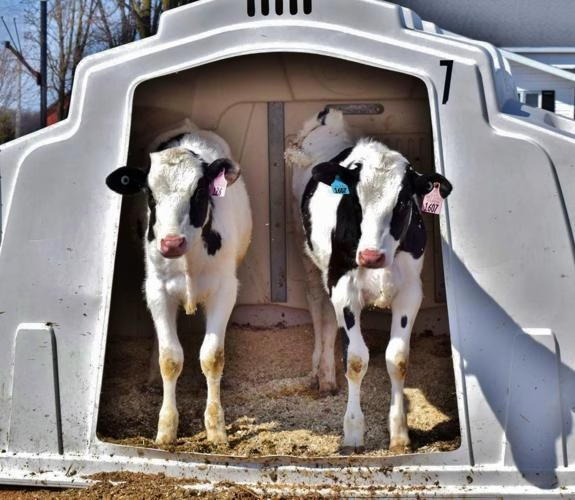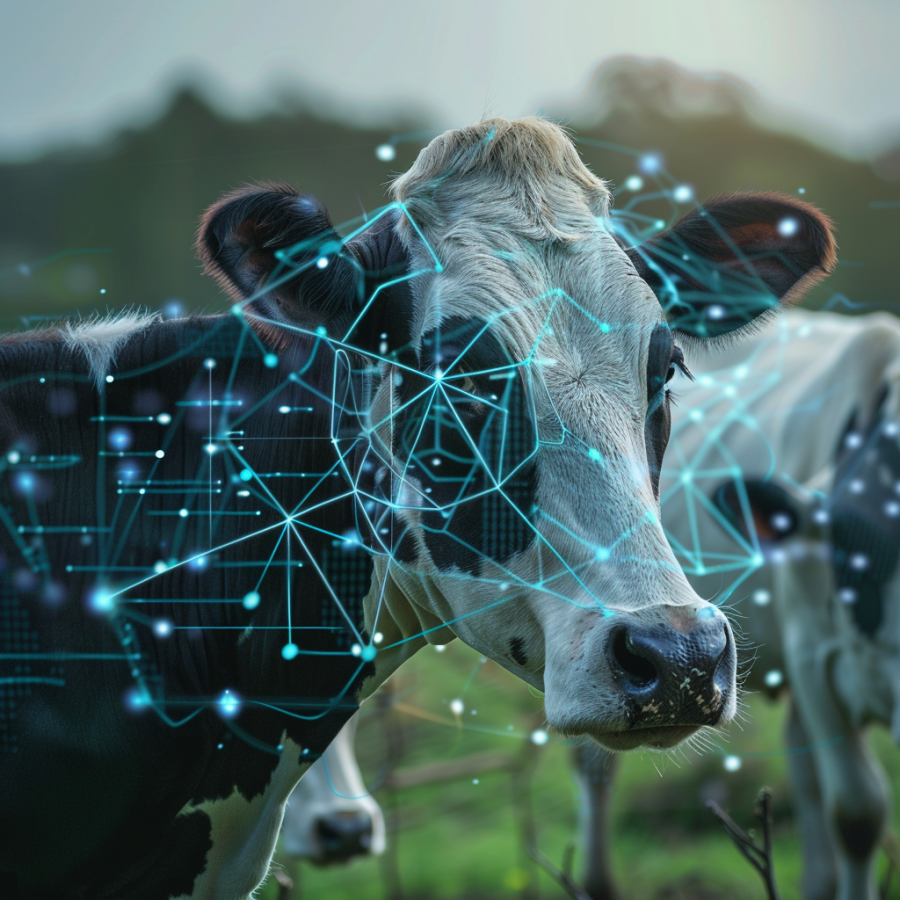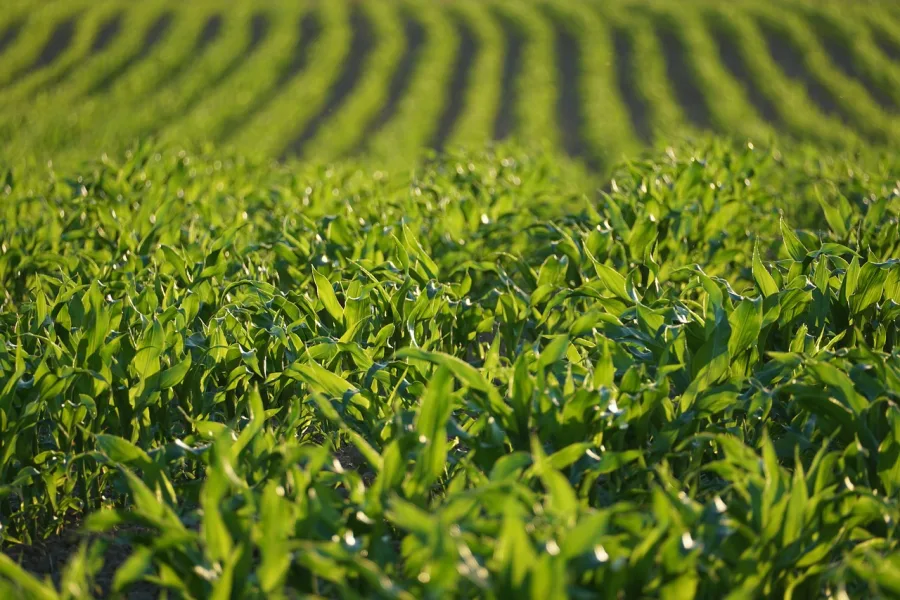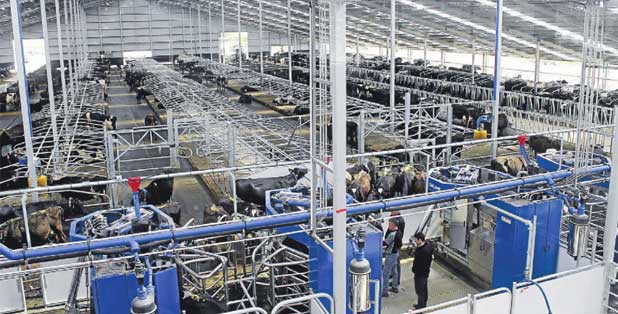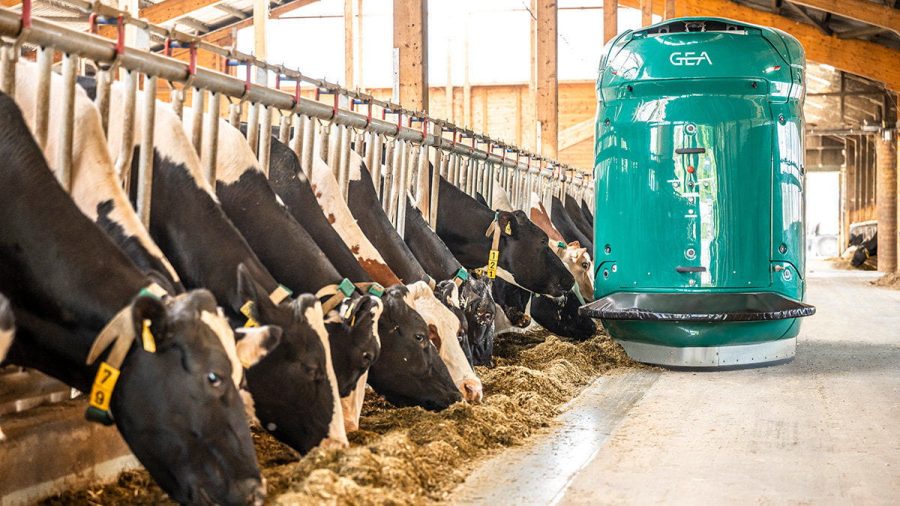Uncover the driving forces behind Wisconsin’s next-generation dairy leaders. Explore the passion and ingenuity that fuel their contributions to an industry indispensable to the state’s economic vitality.
Summary: Next-generation dairy leaders are emerging in the agriculture sector, combining modern technologies and traditional expertise. These young professionals prioritize sustainability, good communication, and flexibility, and must possess traits such as adaptability, collaboration, and commitment to navigate the changing landscape. They use data analytics to direct decisions, simplify processes, increase output, and ensure animal welfare. They respond to shifting customer tastes by creating new dairy products like lactose-free, high-protein, and probiotic-infused varieties. They understand the importance of supporting policies, encouraging sustainable incentives, fair trade practices, and negotiating market obstacles to ensure dairy farms thrive. The dairy sector faces challenges and opportunities, including labor shortages and workforce development, and must support policies that attract fresh talent and welcome creative training initiatives. They must also be aware of market trends, diversify product lines, and build close customer interactions using open marketing strategies. The future of the dairy sector depends on their flexibility, teamwork, and dedication.
- The author’s personal connection to dairy farming traces back to their great-grandparents’ dairy farm from the late 1800s.
- Currently working with Dairy Farmers of Wisconsin, the author is involved in organizing June Dairy Month activities to align with industry goals.
- June Dairy Month strengthens public trust by connecting consumers to local farmers and advancing transparency in production practices.
- Agricultural education initiated at the middle school level promotes early industry engagement and awareness of agriculture’s economic significance.
- The author’s experiences and internships in agribusiness have been enriched by interactions with industry experts, fueling their commitment to a career supporting dairy farmers and consumers.
- Encouraging young leadership and fostering educational programs are crucial for addressing future challenges and sustaining the dairy industry’s economic contribution to Wisconsin.

Next-generation dairy leaders are starting to show up in the ever-changing field of agriculture, prepared to propel the sector toward sustainability and creativity. These people guarantee the dairy business grows by combining modern technologies and innovative techniques with traditional agricultural expertise. Taking advantage of possibilities and overcoming obstacles, their impact is important.
But who are this new generation dairy leaders? Young, aspirational professionals from family farms, agribusiness industries, and agricultural colleges come from Emphasizing sustainability, good communication, and flexibility, they incorporate new technology, support laws, and inform the public on the everyday and financial value of dairy.
Come explore with us the unique traits of these leaders, the projects they spearhead, and the possibilities and problems these leaders face. Understanding their path will help you to value their important part in the direction of the dairy sector. Join us to see what motivates the next generation of dairy executives to keep pushing innovation.
Adaptability, Collaboration, and Commitment: Essential Traits for Next-Gen Dairy Leaders
Next-generation dairy executives have to possess certain traits to negotiate the changing terrain of their sector. Crucially is adaptation and adopting new technology. As Xavier Drake from Lely North America points out, adaptability and lifelong learning are very crucial. This implies not just appreciating technical developments but also actively participating in ideas that increase profitability and efficiency.
Not less crucial are teamwork and good communication abilities. Modern dairy executives have to coordinate well amongst many teams and companies. Lely North America’s Chad Huyser stresses taste, critical thinking, and clear communication as means of overcoming problems. Operations and performance may be much improved by articulating visions, working on plans, and including other points of view.
At last, the dairy leaders of today have to be really dedicated to sustainability and animal welfare. Leaders have to make sure operations are profitable and appropriate for environmentally concerned customers as more people worldwide pay attention on moral behavior. This entails maintaining high standards of animal care and using environmentally friendly technology to build industry sustainability and customer confidence.
Next-Gen Leadership in the Dairy Industry: Sustainability, Innovation, and Advocacy
With their dedication to sustainability, creativity, and advocacy, next-generation leaders are driving the pace in the ever-changing dairy industry.
These executives use data analytics to direct their decisions. From herd health to milk output, they utilize data to simplify processes, increase output, and guarantee animal welfare—all of which eventually helps to improve profitability.
Next-generation leaders responding to shifting customer tastes are creating new dairy products like lactose-free, high-protein, and probiotic-infused varieties. Keeping aware of consumer needs helps them to maintain the dairy sector competitive and relevant with superior products.
Understanding the importance of supporting policies, these leaders encourage sustainable incentives and fair trade practices. Their initiatives seek to negotiate market obstacles and tight rules so that dairy farms may flourish in a favorable environment.
The Multidimensional Landscape: Challenges and Opportunities for Next-Generation Dairy Leaders
Next-generation leaders in the dairy sector have both difficult problems and possibilities as the sector changes. Key problems exacerbated by an aging population include labor shortages and workforce development. Young leaders have to support policies that draw fresh talent and welcome creative training initiatives. The direction of dairy depends on our capacity for creativity and adaptation.
Another great difficulty is shifting market dynamics and competition. Volatile global dairy markets and changing demand threaten traditional strongholds. Essential are a strong awareness of market trends and strategic agility. Next-generation leaders have to investigate fresh export markets, diversify product lines, and build close customer interactions using open marketing strategies.
- New export markets: Identifying and penetrating untapped markets can mitigate local pressures.
- Diversified product lines: A broader range of dairy products can cater to changing consumer preferences.
- Transparent marketing: Building trust through transparency can enhance consumer loyalty.
Using technology to increase profitability and efficiency presents both possibilities and problems. For dairy enterprises, precision farming equipment and data analytics have transforming power. Accepting these technology guarantees sustainability, improves animal care, and best uses resources.
Those executives from next generations who use these technologies will simplify processes and open the path for a strong and creative sector.
The Bottom Line
The shape of the dairy sector going forward depends much on next-generation dairy leaders. Their flexibility, teamwork, and dedication help them to carry out creative ideas including sustainable ones. These leaders are not just running farms but also include cutting-edge technology, promoting inclusive education, and linking customers with agriculture.
Leaders in the dairy business should welcome these developments as they transform their sector. By means of education, internships, and community involvement, they guarantee the growth and fortitude of dairy farming. Let us preserve quality and environmental preservation while driving innovation and sustainability to fulfill world needs. Your diligence now will determine the achievements of future.
Learn More:
- The Future of Dairy Farming: Insights for US and Canadian Farmers!
- 5 Things You MUST Know about the Future of the Dairy Breeding Industry
- Creating a Lasting Dairy Farm Legacy: 5 Essential Steps You Need to Know
 Join the Revolution!
Join the Revolution!
Bullvine Daily is your essential e-zine for staying ahead in the dairy industry. With over 30,000 subscribers, we bring you the week’s top news, helping you manage tasks efficiently. Stay informed about milk production, tech adoption, and more, so you can concentrate on your dairy operations.







 Join the Revolution!
Join the Revolution!